 Abilities:
Abilities:-
Time Inhalation, Minor
 Attack Abilities:
Attack Abilities:-
Necrotic Bite (d6)800 gp
 Monster Bits:
Monster Bits:-
12 Animal Bone0.03 gp
-
23 Animal Fat0.5 gp
-
45 Animal Meat0.05 gp
-
11 Dragon Blood10 gp
-
15 Hard Skin0.1 gp
-
18 Hag Dragon Scale25 gp
A draconic figure, akin to a true dragon, emerges with a twist of dark fey magic. A colossal orange orb dominates its head, pushing two vestigial eyes to each side. Mottled scales, blending brown and yellow, cloak its form. An arcane aura envelops it, and as it breathes, a spine-chilling sensation courses through you, revealing the profound and otherworldly nature of this magical creature.
Appearance:
Dragon Wyrmlings are the youngest and smallest form of dragons, usually no larger than a large dog. Their scales, though still developing, show the distinct color of their type—brilliant blue, fiery red, shimmering gold, or another hue. Their eyes are large and curious, filled with the promise of their future power.
Behavior:
Wyrmlings are highly inquisitive and often display a mixture of playful curiosity and fierce territoriality. They are still learning about their abilities and the world around them, making them unpredictable. Despite their small size, they can be aggressive if they feel threatened or if their territory is encroached upon.
Abilities:
Even at this young age, Dragon Wyrmlings possess a breath weapon unique to their species, whether it be fire, ice, lightning, or poison. They are also capable of flight, though their wings are not yet strong enough for long distances. Their claws and teeth are sharp, and their scales provide decent protection.
Habitat:
Wyrmlings are usually found in the same environments as their adult counterparts—caves, forests, mountains, or underwater lairs. They often remain close to their hatching sites, which are typically well-hidden and guarded by one or both parents.
Development:
As they grow, Dragon Wyrmlings rapidly learn and adapt, both physically and mentally. They undergo several stages of molting, where their scales harden and their powers strengthen. This period is crucial for their survival, as they are most vulnerable during these transitions.
Role in the World:
Dragon Wyrmlings can serve as early adversaries or allies to adventurers. Their lairs often contain minor treasures and clues to greater draconic secrets. Interactions with wyrmlings can foreshadow encounters with more formidable dragons, providing rich storytelling opportunities.
-
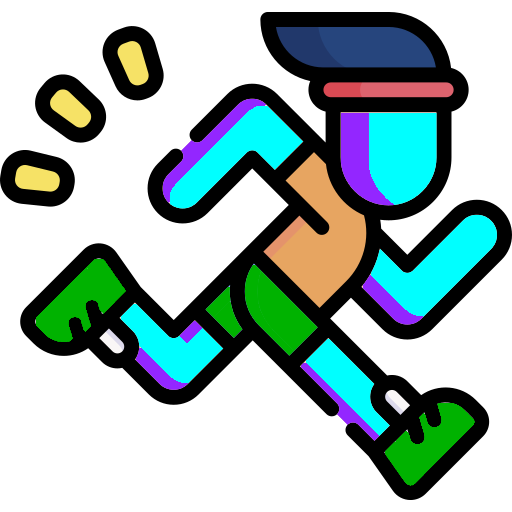 Speed:
Speed:
-
 Walking Speed:
+30
Walking Speed:
+30
-
 Flying Speed:
+60
Flying Speed:
+60
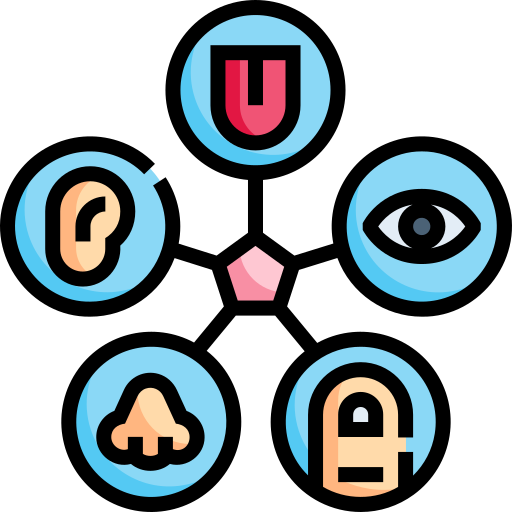 Special Senses:
Special Senses:-
 Nightsight: +60
Nightsight: +60
-
 Blindsight: +10
Blindsight: +10
 Natural Armor:
Natural Armor:-
Natural Armor +60 gp
 Natural Weapon(s):
Natural Weapon(s):-
Bite (d10)
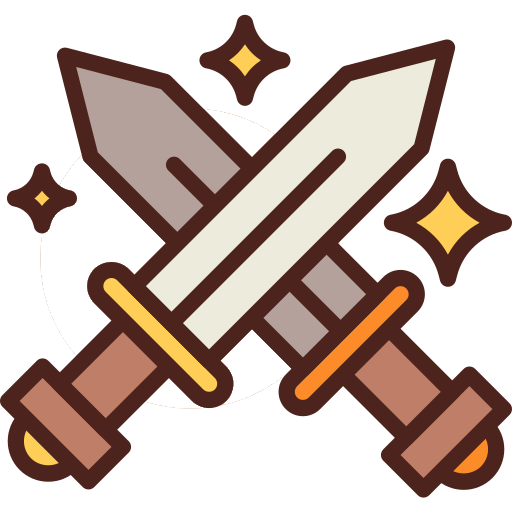 Extra Attack: +1
Extra Attack: +1
 Skill Tier 1:
Skill Tier 1:-
 Common Language Skill
Common Language Skill
 Skill Tier 2:
Skill Tier 2:-
 Bending Weapon Skill
Bending Weapon Skill -
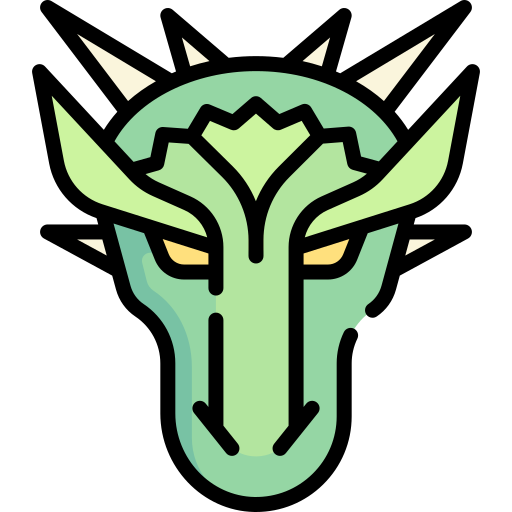 Draconic Language Skill
Draconic Language Skill -
 Natural Armor Skill
Natural Armor Skill -
 Natural Weapon Skill
Natural Weapon Skill
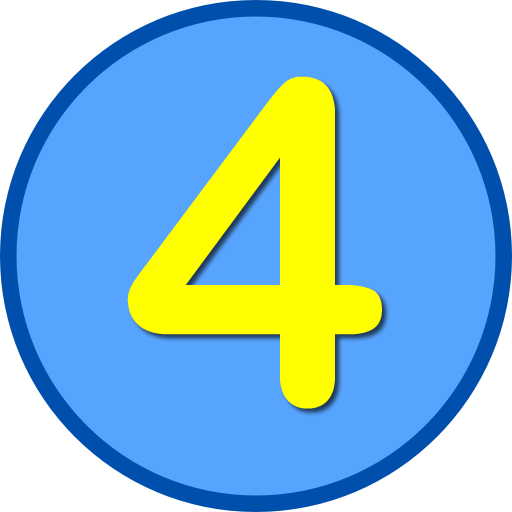 Skill Tier 4:
Skill Tier 4:-
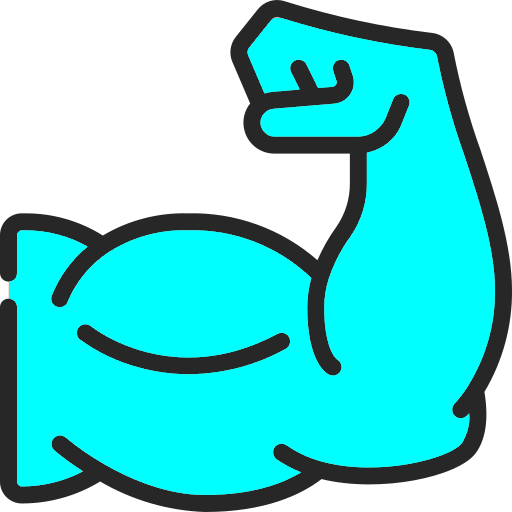 Fortitude
Fortitude -
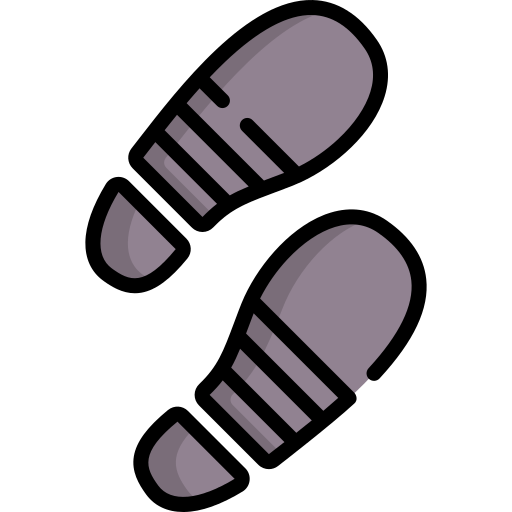 Sneak
Sneak -
 Willpower
Willpower
🧙♀️ The Sinister Hag Dragons
Hag Dragons are grotesque marvels of dark fey magic, born from the twisted rituals of powerful hag covens. These abominations, hatched from corrupted dragon eggs, are far more perilous than any true dragon, blending draconic might with the malevolent cunning of their creators. Their existence is a blight on the world, their unnatural growth and insatiable hunger for life making them a threat to all who cross their path.
🌑 Fey-Forged Monstrosities
Crafted through a profane ritual, Hag Dragons emerge from dragon eggs of any lineage—chromatic, metallic, or otherwise—transformed into something wholly unnatural. The wyrmling that hatches bears only faint echoes of its original draconic heritage, such as a shimmer of metallic scales or a hint of chromatic hue, but these are mere vestiges overshadowed by its warped form. Their bodies are a grotesque fusion of draconic and fey traits: jagged horns twist like gnarled branches, eyes glow with an eerie, hag-like malice, and their scales pulse with an unnatural sheen. Their breath, a miasma of aging magic, withers flesh and saps vitality, marking them as creatures of decay and dread.
⏳ Timeless Predators
Hag Dragons defy the natural order of time, their bodies untouched by the passage of years. Without intervention, they would remain wyrmlings indefinitely, but their uncanny magic allows them to grow through a horrific process: draining the life essence of other creatures. Their breath weapon accelerates aging in its victims, reducing vibrant beings to frail husks while fueling the dragon’s rapid maturation. This stolen vitality propels Hag Dragons through growth stages at an alarming rate, each year absorbed amplifying their power exponentially. Unlike true dragons, whose strength grows over centuries, a Hag Dragon can become a devastating force in mere months, making them unpredictable and catastrophic threats.
Hags often exploit this trait, keeping Hag Dragons young and pliable to serve as enforcers or guardians. Yet, this control is tenuous—mistreated Hag Dragons, upon reaching sufficient power, turn on their creators with savage retribution, their draconic pride and fey cunning making them fiercely independent. A Hag Dragon that breaks free is a force of unrestrained destruction, its wrath as merciless as the hags who birthed it.
🕸️ Coven-Bound Terrors
Though rare, the notion of Hag Dragons forming covens strikes terror into the hearts of even the bravest. Like their hag progenitors, Hag Dragons could theoretically unite to weave rituals of unimaginable power, their combined magic capable of shattering kingdoms or reshaping reality itself. Such a coven would be a apocalyptic force, blending draconic might with fey sorcery to cast spells that rend the earth, summon unending blights, or twist the minds of entire populations. The mere possibility of such a gathering drives sages to warn of vigilance, for a Hag Dragon coven could herald an age of darkness if left unchecked. Fortunately, their individualistic natures make such alliances unlikely—unless a shared goal or charismatic leader unites them.
🧪 Unnatural Ambitions
Hag Dragons inherit the cunning and ambition of hags, but their draconic blood infuses them with a hunger for dominance that surpasses their creators. They are not content to lurk in swamps or ruins; many seek to carve out territories, amass hoards, or manipulate mortal societies from the shadows. Their shapeshifting, a gift of their fey heritage, allows them to infiltrate courts or villages as beguiling humanoids or monstrous beasts, sowing discord or gathering secrets to further their schemes. Unlike true dragons, whose greed focuses on wealth, Hag Dragons crave power over life itself, hoarding stolen years and bending others to their will through fear or enchantment.
🏰 Lairs of Decay
Hag Dragons claim lairs that reflect their dual nature—haunted groves, cursed marshes, or ancient ruins where fey and draconic magic intertwine. These sanctuaries are shrouded in an aura of decay, where plants wither, waters stagnate, and the air hums with eerie whispers. Their lairs are labyrinthine, guarded by traps that age intruders or illusions that twist perception, ensuring only the cunning or desperate reach the dragon’s inner sanctum. Treasures within are eclectic, blending hag-like fetishes—bones, cursed trinkets, and grimoires—with draconic wealth like gems and artifacts, all steeped in the stench of rot and time.
🌌 Harbingers of Doom
In a campaign, Hag Dragons are unparalleled antagonists, their unnatural origins and rapid growth making them dynamic and terrifying foes. They challenge adventurers not just with physical might but with moral and strategic dilemmas—how does one combat a creature that grows stronger with every life it steals? Encounters may involve thwarting a hag coven’s ritual, freeing a young Hag Dragon from its creators, or facing a fully matured monstrosity bent on reshaping the world. Their lairs are stages for desperate battles, where time itself becomes a weapon. To confront a Hag Dragon is to face a creature born of betrayal and ambition, a living curse whose very existence defies the natural order.
Covens
A coven of Hag Dragons consists of three Hag Dragons in cooperation. When all members of the coven are within 60 feet of one another, they can cast the following spells by sharing ![]() Mana.
Mana.
- 1st level
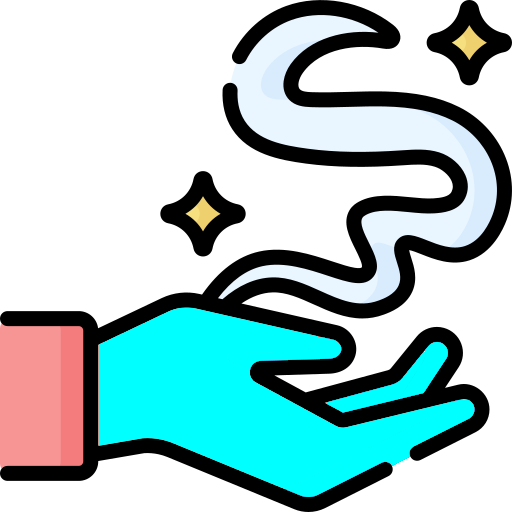 Fog Cloud
Fog Cloud Hideous Laughter
Hideous Laughter- 2nd level
 Darkness Sphere
Darkness Sphere Locate Object
Locate Object- 3rd level
 Animate Dead, Minor
Animate Dead, Minor Counterspell
Counterspell- 4th level
 Summon Arcane Eye
Summon Arcane Eye Puzzling Confusion
Puzzling Confusion Charm Monster
Charm Monster- 5th level
 Animate Objects,
Animate Objects, Cone of Cold
Cone of Cold Illusory Twinning
Illusory Twinning- 6th level
 Eyebite
Eyebite Move Earth
Move Earth- 7th level
 Finger of Death
Finger of Death Forcecage
Forcecage- 8th level
 Control Weather
Control Weather Horrid Withering
Horrid Withering- 9th level
 Imprisonment
Imprisonment Mass Polymorph
Mass Polymorph Time Stop,
Time Stop, True Polymorph
True Polymorph Wish Fulfillment
Wish Fulfillment
-
 Speed:
Speed:
-
 Swimming Speed:
[speed_walking]
Swimming Speed:
[speed_walking]
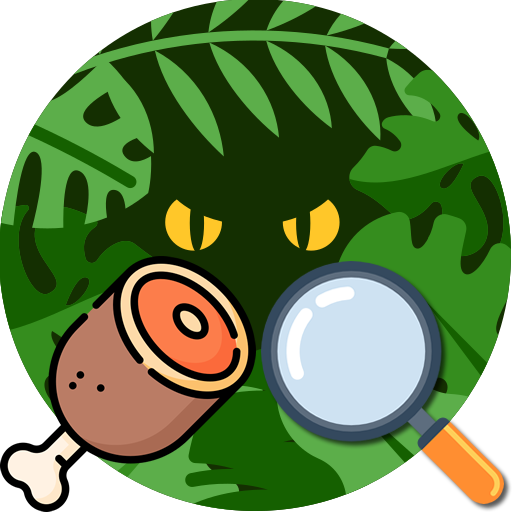 Creature Type Monster Bits:
Creature Type Monster Bits:-
0.12 Hag Dragon Scale25 gp
 Passive Abilities:
Passive Abilities:-
Amphibious1000 gp
-
Mimicry500 gp
 Abilities:
Abilities:-
Intellect Extraction
Environments:
![]()
![]()
![]()
![]()
![]()
